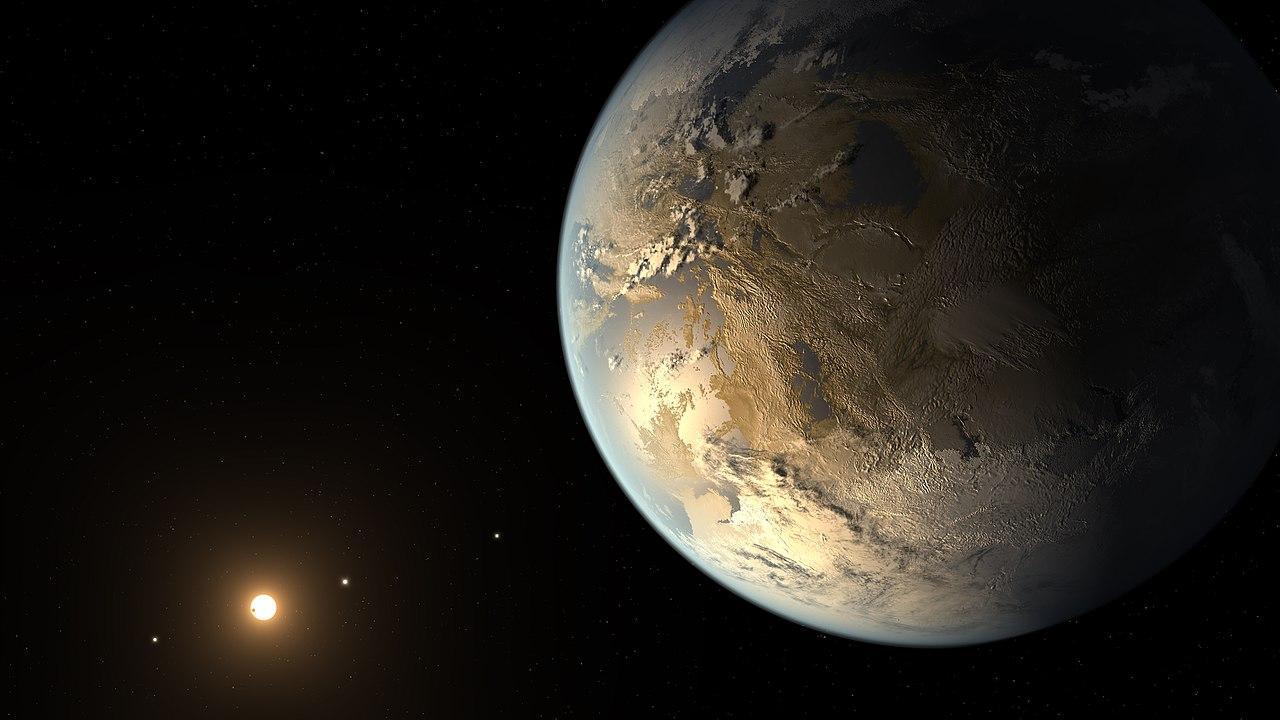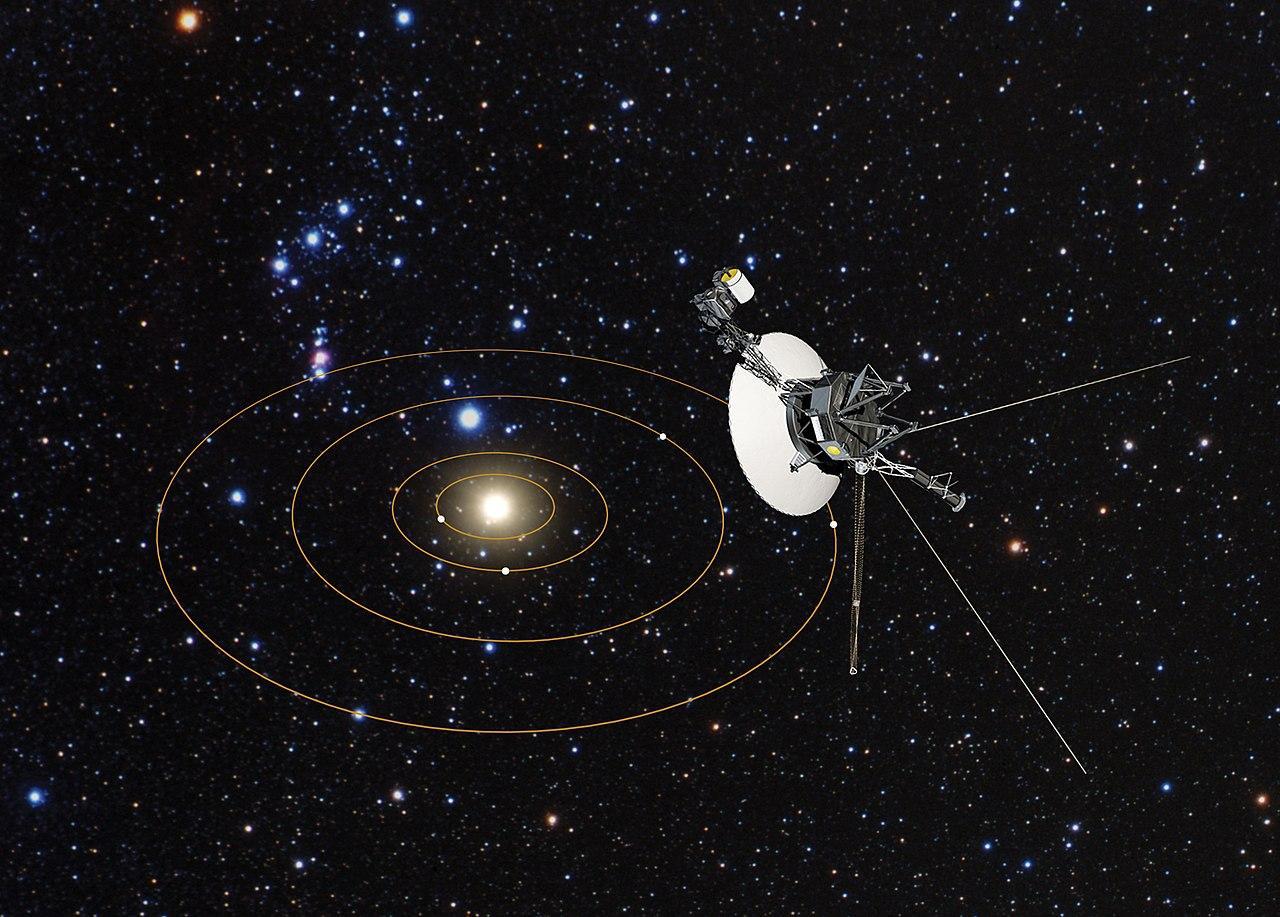998 Light-Years Away, an Exoplanet Prepares for a Fiery Transformation
Astronomers have discovered a unique exoplanet, TIC 241249530 b, located 998 light-years from Earth. Detected by NASA’s TESS in January 2020, this gas giant has captured scientists’ attention due to its strange orbit and potential transformation into a hot Jupiter.
This discovery could help us understand the formation and migration of similar exoplanets.
TESS Spots the Unusual Exoplanet
The Transiting Exoplanet Survey Satellite (TESS) first observed TIC 241249530 b as it transited its parent star, TIC 241249530.

Source: Wikimedia
This method of detection allowed astronomers to gather valuable data about the planet’s characteristics and orbit, providing a clearer picture of its unique behavior and potential future.
Extreme Eccentricity
One of the most striking features of TIC 241249530 b is its highly elliptical orbit. With an eccentricity of 0.94, this orbit is far more stretched and flattened than most known planets.

Source: Freepik
For comparison, Earth’s orbit has an eccentricity of just 0.02, making TIC 241249530 b’s orbit one of the most extreme ever observed.
Retrograde Motion
In addition to its extreme eccentricity, TIC 241249530 b orbits its star in the opposite direction of the star’s rotation.

Source: Wikimedia
This retrograde motion is rare among exoplanets and is only seen in Venus and Uranus within our solar system.
Proximity to Its Star
TIC 241249530 b orbits its star at a distance that is only 12% of the distance between Earth and the Sun.

Source: NASA/Wikimedia Commons
This close proximity means the planet completes an orbit in just 15.2 Earth days. This short orbital period and the planet’s extreme characteristics suggest it might be transitioning into a hot Jupiter.
What Is a Hot Jupiter?
Hot Jupiters are gas giants that orbit very close to their parent stars, typically completing an orbit in 10 Earth days or less.

Source: Wikimedia
These planets experience intense heat due to their proximity to their stars. TIC 241249530 b is not yet a hot Jupiter but is believed to be in the early stages of this transformation.
Observing the Transition
Using the WIYN 3.5-meter Telescope at the Kitt Peak National Observatory, astronomers studied TIC 241249530 b in detail.

Source: Dean Conger/Corbis via Getty Images
Instruments like NESSI and NEID helped remove atmospheric distortions and measure the planet’s velocity, confirming its mass and extreme orbit.
Massive and Mysterious
TIC 241249530 b has a mass approximately five times that of Jupiter. This substantial mass, combined with its extreme orbital characteristics, makes it a fascinating subject for studying planetary migration.

Source: Wikimedia
As it moves closer to its star, its orbit is expected to become more circular, eventually classifying it as a hot Jupiter.
Comparing Orbits
For context, if TIC 241249530 b were in our solar system, its orbit would range from ten times closer to the Sun than Mercury to reaching Earth’s maximum distance from the Sun.

Source: NASA
This vast range causes extreme temperature variations on the planet, from mild Earth-like conditions to temperatures hot enough to melt lead.
A Snapshot of Planetary Migration
“This exoplanet serves as a sort of snapshot of the migration process,” says Arvind Gupta, the team leader of the study.

Source: Wikimedia
Planets like TIC 241249530 b are rare and provide valuable insights into how gas giants migrate and transform into hot Jupiters over time.
Unraveling the Mystery
Astronomers have long sought exoplanets that could explain the formation of hot Jupiters.

Source: Wikimedia
TIC 241249530 b’s extreme orbit and characteristics support the theory that gas giants form farther from their stars and migrate inward, offering a rare opportunity to study this process in real-time.
Future Observations
The discovery of TIC 241249530 b opens new avenues for research. Future observations and studies will focus on monitoring its migration and transformation into a hot Jupiter.

Source: Wikimedia
This exoplanet’s unique features and behavior could significantly advance our understanding of planetary dynamics and evolution.
